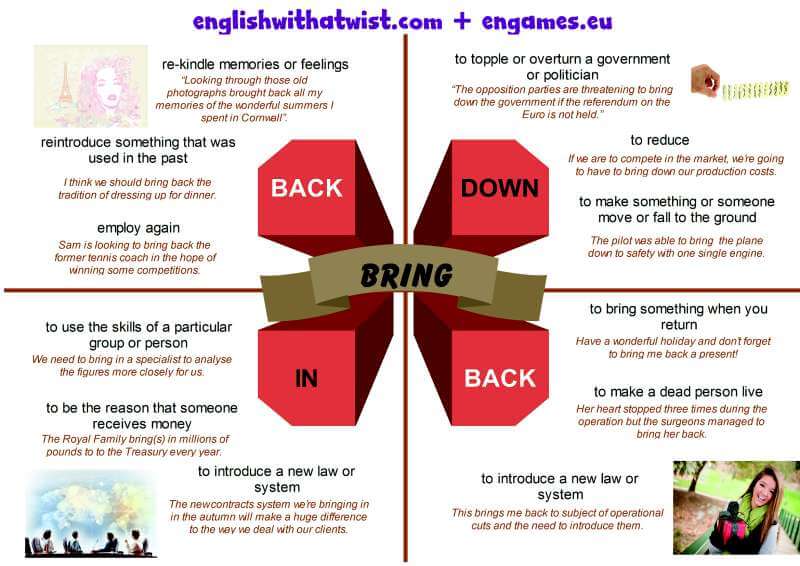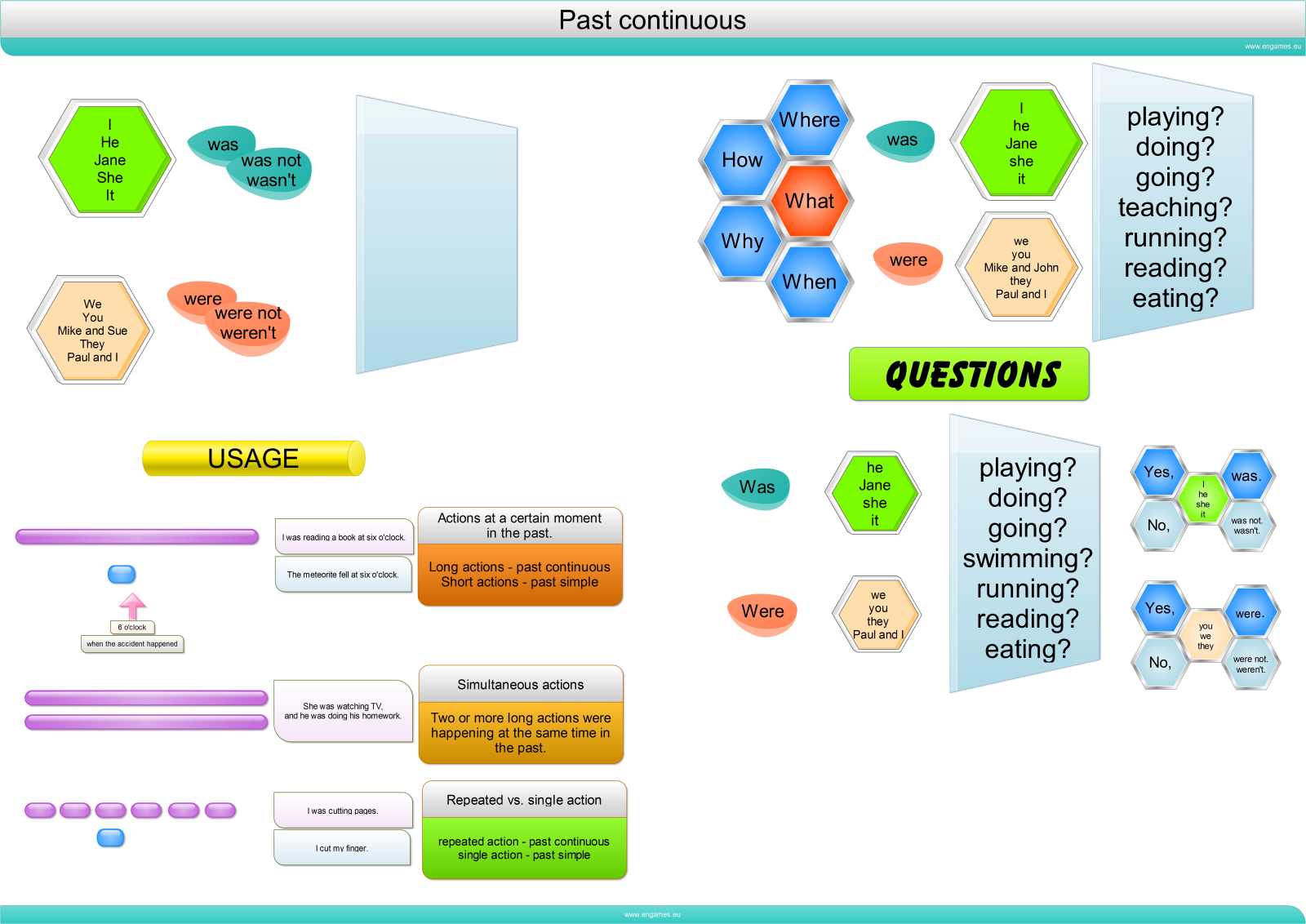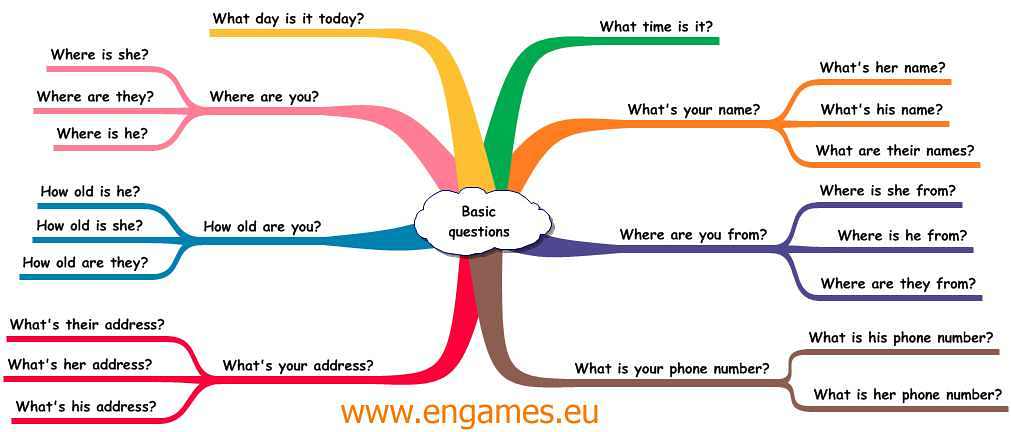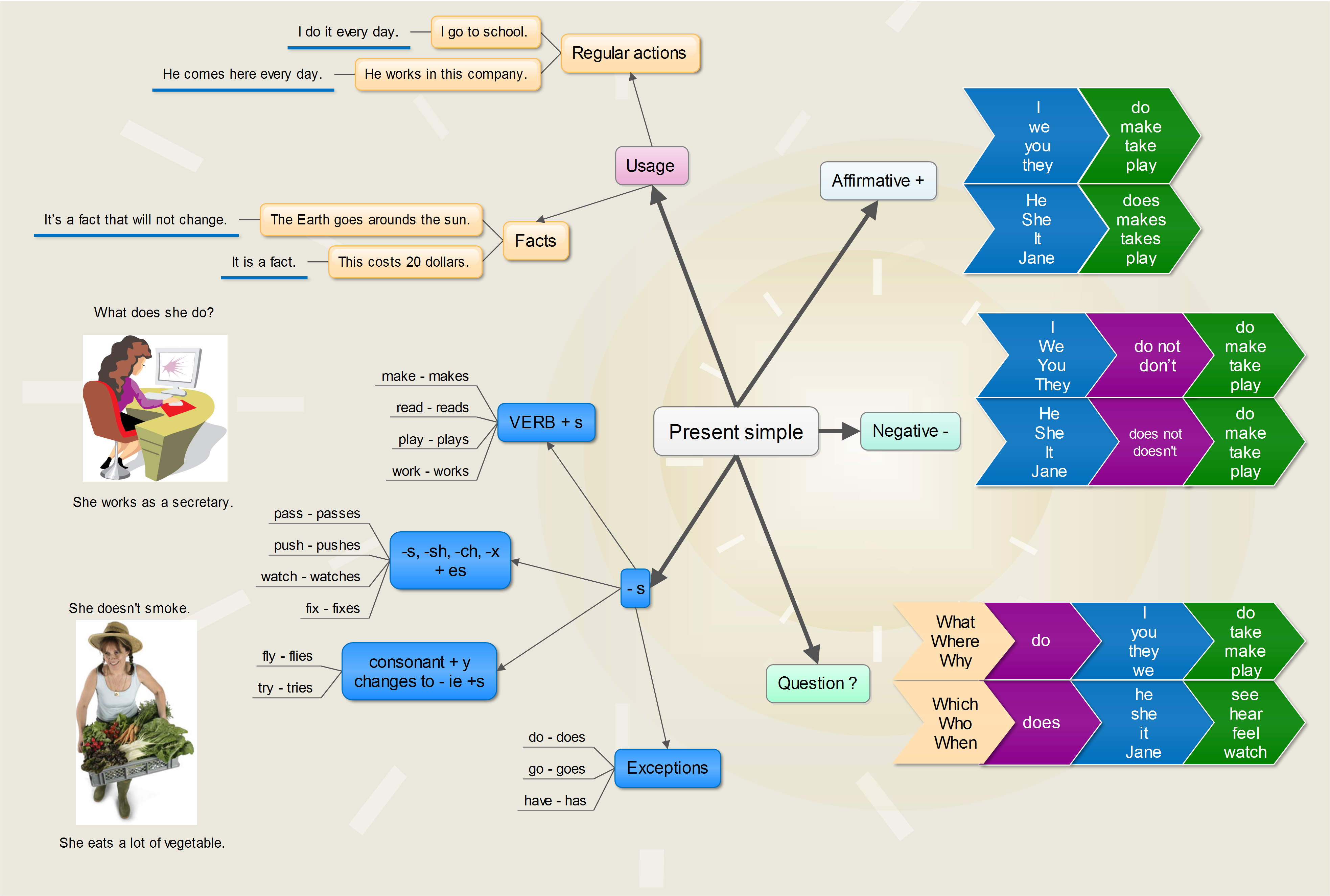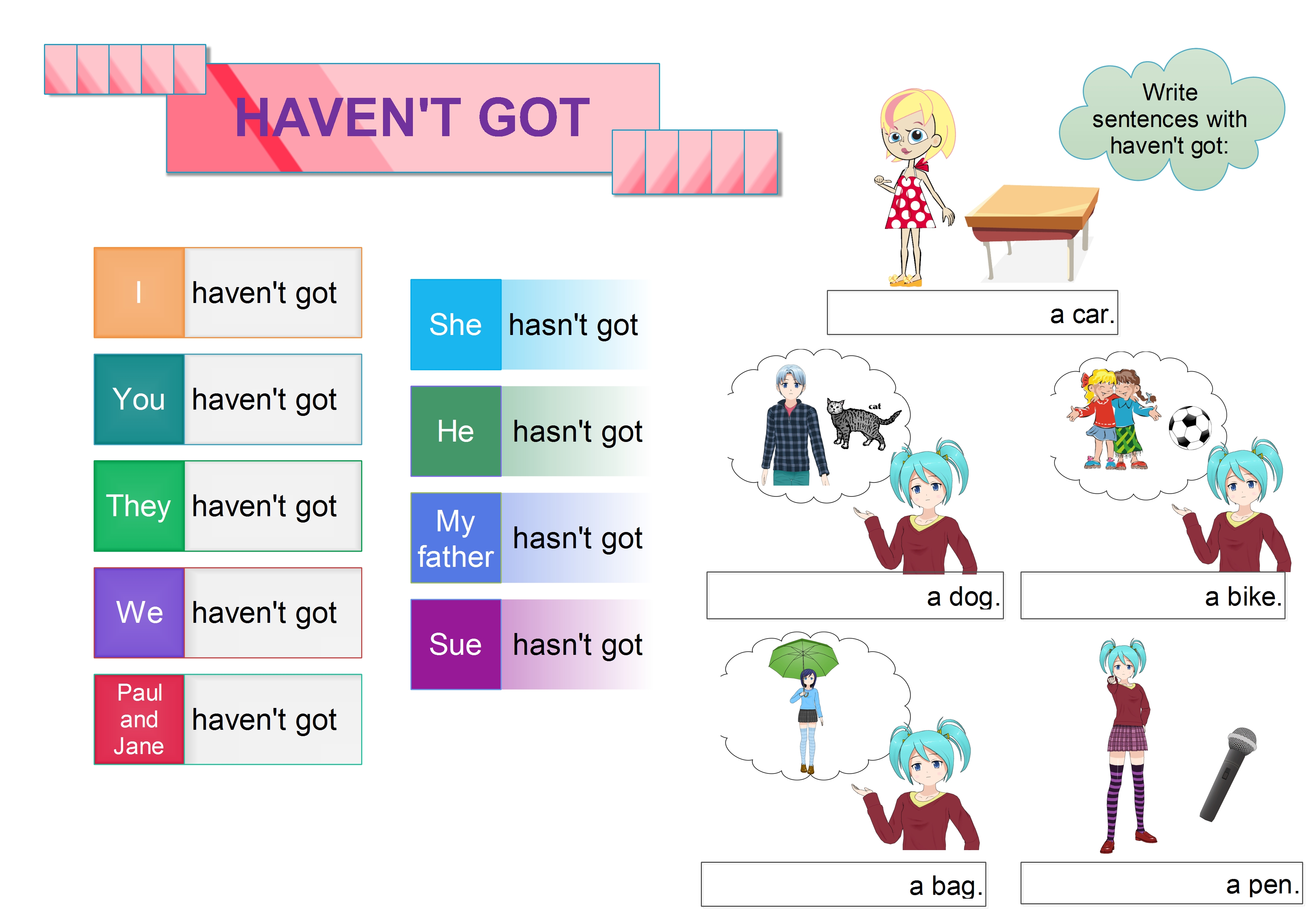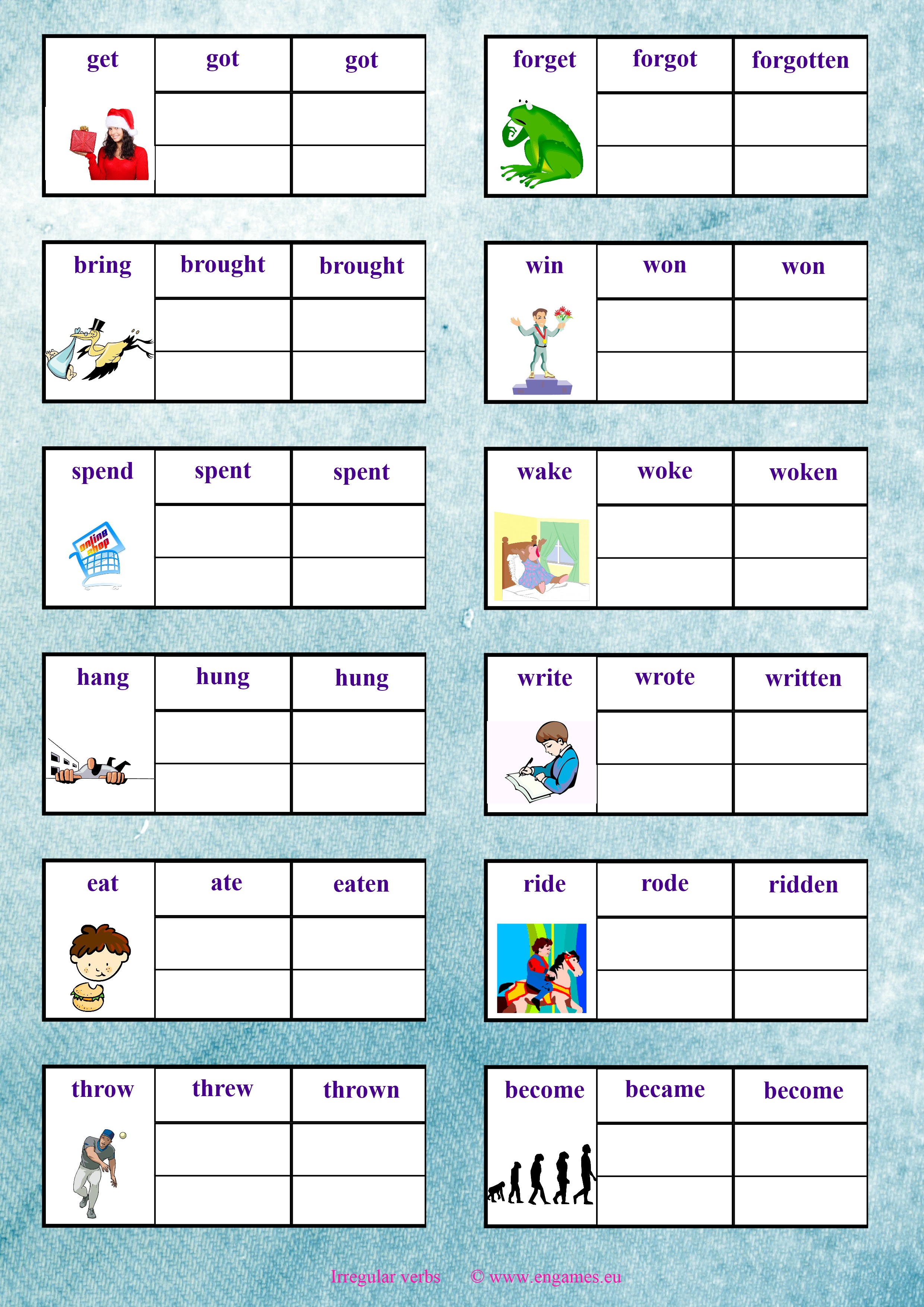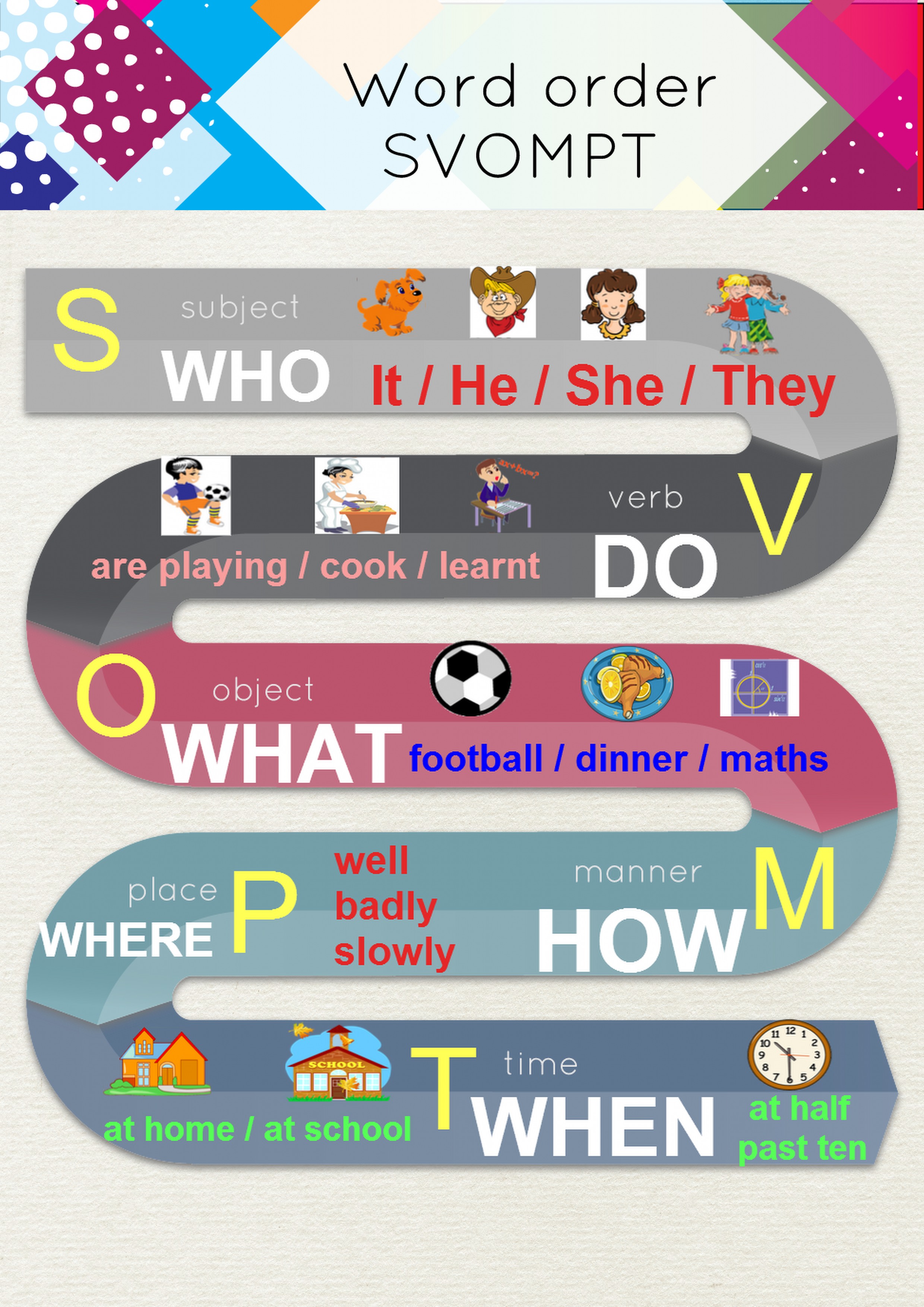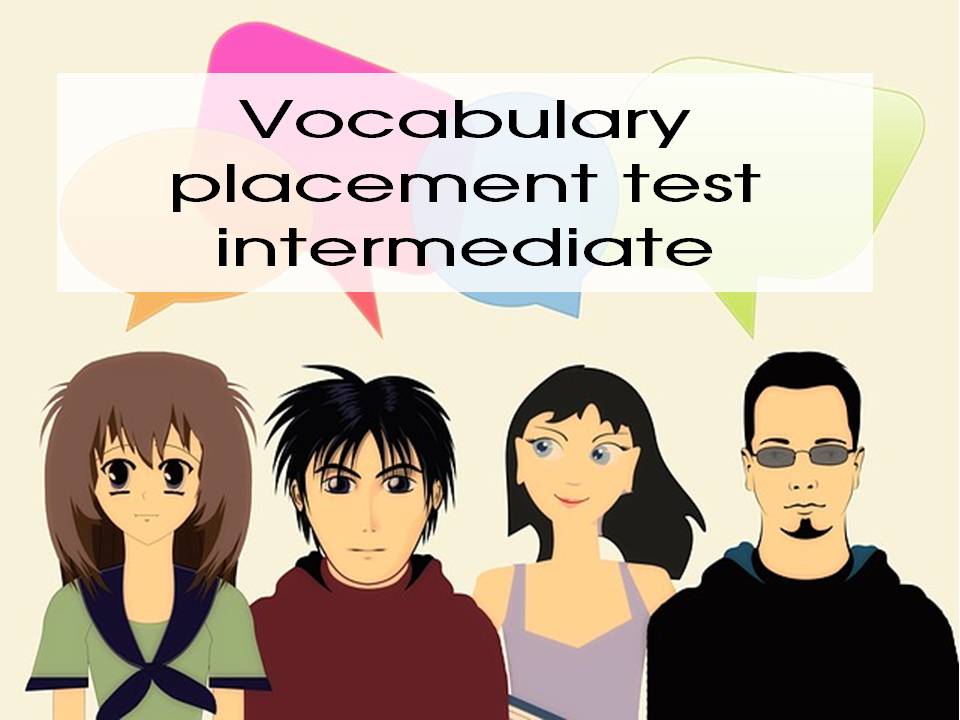English Punctuation
In this post, you can learn the words used for English punctuation. In this post, you can learn the words full stop, apostrophe, comma, hyphen, colon, dash, semicolon, brackets, question mark, slash, exclamation mark, quotation marks, capital letters, small letters, abbreviation and list. ADVERT: [showmyads] To help you learn the words, there is a revolutionary…


